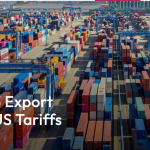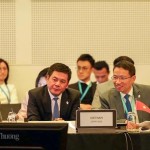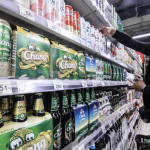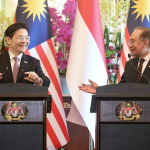Total number of posts 441.
On October 7, 2025, the European Commission unveiled a sweeping plan to tighten import controls on steel, aiming to shield domestic producers from a surge of cheaper imports and mounting global competition. The proposal, which still requires approval from the European Parliament and the Council, marks one of the EU’s most significant trade defense actions in recent years and could reshape global steel supply flows.
Source: REUTERS.
Currently, the EU uses quota safeguards across 26 steel product categories, with tariffs capped at 25% for imports beyond the quota. Under the new plan, the EU would cut the tariff-free steel import quota to 18.3 million tonnes per year, nearly a 47% reduction, and impose a 50% tariff on imports that exceed that quota. The Commission also intends for the new safeguards to take effect before the current steel protection measures expire on June 30, 2026.
This regulation must be approved by both the European Parliament and the Council. It includes a draft mandate authorizing EU member states to begin formal consultations with WTO partners under Article XXVIII of GATT, in order to adjust the EU’s current tariff commitments. The Commission said the move is intended to “preserve fair competition” and “stabilize” the bloc’s steel industry, which has been under pressure from oversupply and rising energy costs.
Market reaction has been immediate: shares of European steel producers surged on expectations of higher domestic margins. However, industry analysts cautioned that the new rules could drive up costs for downstream sectors such as construction and automotive manufacturing, both of which depend heavily on imported steel inputs.
Several trade partners, including the United Kingdom, Switzerland, and South Korea, have already voiced concern about the proposed measures, warning that they could disrupt established supply chains and risk retaliatory responses. ASEAN exporters, particularly Vietnam, Indonesia, and Malaysia, could face reduced access to the EU market, as the bloc’s import quota shrinks and tariffs double for out-of-quota shipments. These countries, which have expanded steel exports to Europe in recent years, may be forced to redirect output to other markets, such as South Asia or the Middle East, where competition and pricing pressures remain intense.
Although the Commission insists that the initiative complies with WTO regulations, critics argue it signals a shift from temporary protection to structural trade defense, a move that could heighten tensions in an already fragile global trade environment.
Source: Compiled by the Multilateral Trade Policy Department, Ministry of Industry and Trade of Viet Nam














